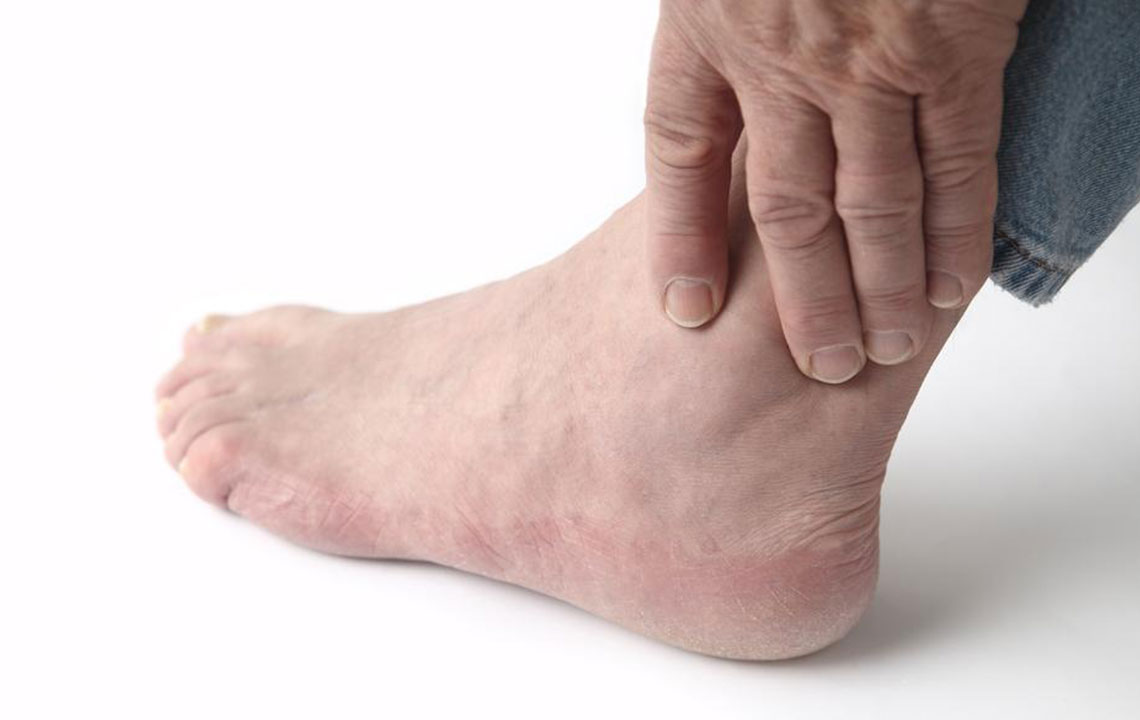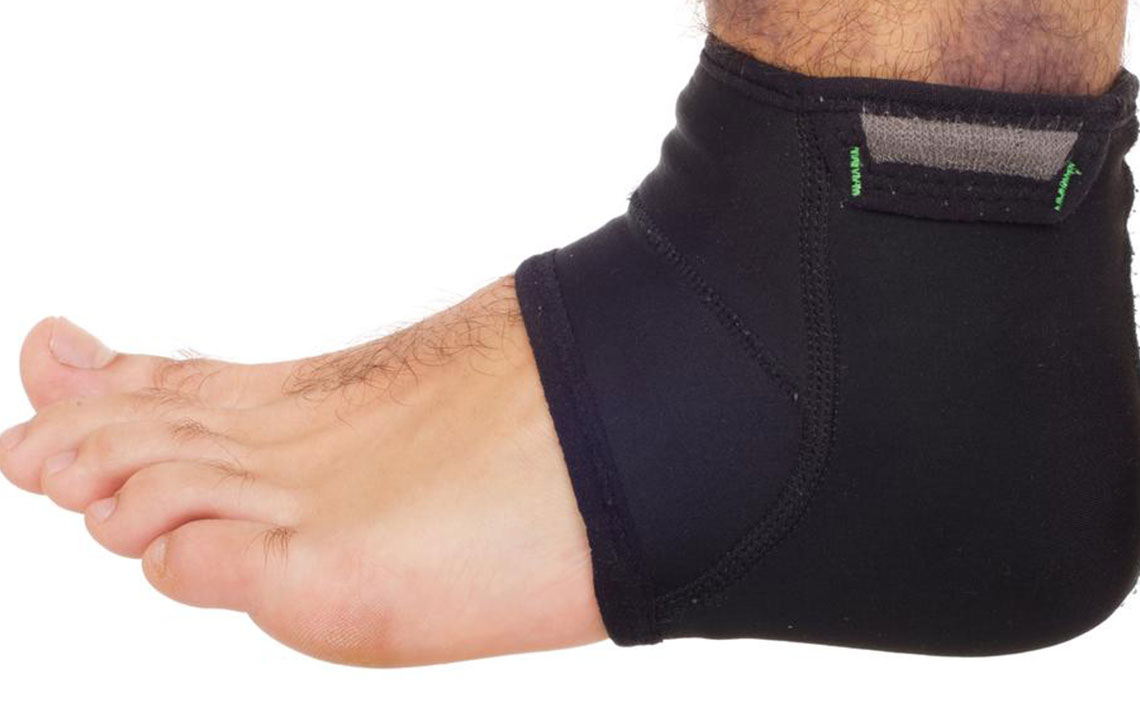Comprehensive Guide to Managing and Understanding Swollen Ankles
This comprehensive guide covers everything about swollen ankles, including causes, symptoms, diagnosis, treatment options, and home remedies. Learn when to seek medical help and how to manage ankle swelling effectively for improved health and comfort.

Comprehensive Guide to Managing and Understanding Swollen Ankles
Essential Information About Swollen Ankles
Experiencing foot swelling, pain, or an increase in size can disrupt daily activities. When your ankle becomes enlarged and uncomfortable, it can make wearing shoes difficult and walking painful. This condition, known medically as peripheral edema, affects both adults and children, often after long periods of inactivity or excessive activity. Recognizing the causes and knowing when to seek medical advice are crucial for effective treatment and relief.
This guide covers everything about swollen ankles, including common causes, medical explanations, signs for urgent care, diagnosis methods, and home remedies.
What Causes Swollen Ankles?
Injury from accidents or physical activities like sports can lead to swelling.
Wearing tight-fitting shoes, hosiery, or clothing that press against the ankle area.
Remaining in one position for extended periods, either standing or sitting.
High-salt diets can promote fluid retention.
Insect bites from mosquitoes or fleas may cause localized swelling.
Burn injuries from hot substances or prolonged sun exposure can result in swelling.
Medical Causes of Swollen Ankles
Obesity reduces circulation, leading to fluid buildup.
Medications such as steroids, antidepressants, certain diabetes drugs, contraceptives, and anti-inflammatories may cause swelling.
Pregnancy and hormonal shifts can contribute.
Conditions like congestive heart failure, deep vein thrombosis, kidney, or liver diseases can lead to edema.
Infections such as cellulitis and joint conditions like arthritis or gout also cause swelling.
When to Seek Medical Help
Persistent swelling after rest requires consultation.
Swelling during ongoing treatment for heart, liver, kidney issues, or pregnancy warrants medical advice.
Unusual temperature or increasing swelling despite rest should prompt a doctor visit.
Severe or worsening swelling needs immediate attention.
Diagnosis Techniques
Physical exams and imaging tests like X-rays, ultrasounds, MRI, or CT scans help identify underlying causes.
Blood tests evaluate organ function and detect infections or blood clots.
Electrocardiograms assess heart health.
Common Treatment Approaches
For injury-related swelling, orthopedists may recommend surgery, therapy, or medication like pain relievers.
Managing underlying health conditions is critical for other causes.
Home Remedies for Relief
Rest the affected foot to promote healing.
Applying ice packs reduces swelling and alleviates discomfort.
Elevating the foot during sleep encourages fluid drainage.
Limit salt intake to less than 2,300 mg daily to prevent fluid retention.










